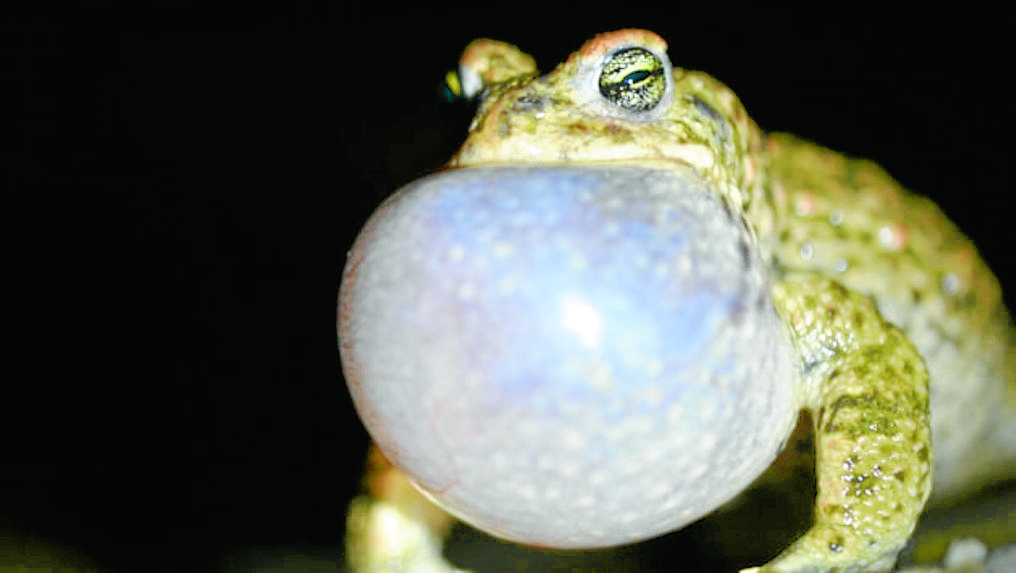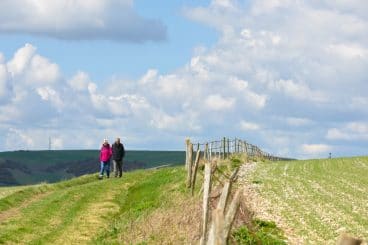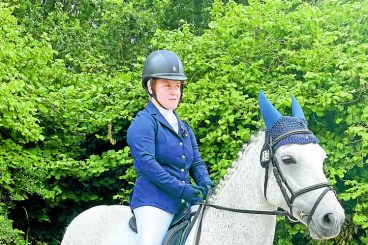A WILDLIFE conservation group and charity want to find people who live near the Solway Coast and have heard the call of Scotland’s rarest amphibian.
This information will help Amphibian and Reptile Conservation (ARC) and Species on the Edge shape efforts to conserve the natterjack toad on the Solway coast.
The natterjack toad (Epidalea calamita) only occurs at a handful of locations in Scotland, all of which are along the Solway. The species was once considered to be locally abundant in some coastal communities such as Powfoot, with residents having reported the village as sounding ‘as though it were in the tropics’ during the spring and summer.
However, the local natterjack population has declined dramatically in recent years, largely due to the loss of or damage to available habitat.
Species on the Edge, funded by The National Lottery Heritage Fund, is a partnership of eight conservation organisations working to secure a future for Scotland’s rarest and most vulnerable coastal species – including the natterjack toad.
The amphibian can be distinguished from the common toad by the distinctive yellow stripe along its back.
It is also unique in its ability to produce a loud rasping call that can be heard from up to a kilometre away under optimal conditions. Male toads call to attract a mate during the breeding season, from April until July.
The natterjack toad is known to thrive in habitats such as sand dunes and saltmarsh, the likes of which are threatened by natural processes such as sea level rise and coastal erosion.
Species on the Edge project officer for the Solway Coast, Liam Templeton, said: “The natterjack toad is an incredibly rare and charismatic species that we are fortunate enough to have associated with our Scottish Solway Coast.
“It is beloved by the communities with whom it shares its surroundings, and its disappearance from the Solway coast would be a tragic loss to the cultural identity of these places.
“Those communities now have an opportunity to play an important role in helping to inform efforts to conserve the species, and I’m committed to using my role to empower them with the skills and confidence to make meaningful contributions to species recovery.”
Those who have heard the toad are asked to send the date, time and location of where the toad was heard, and if possible an audio recording, to [email protected]. For more information on the natterjack toad and how to help it, please visit www.speciesontheedge.co.uk or www.arc-trust.org.
The natterjack toad is protected under UK and European law. It is a criminal offence to cause disturbance to the species or its habitats, including handling or photographing of the animal, without special licensing or permission granted by NatureScot in Scotland.
























